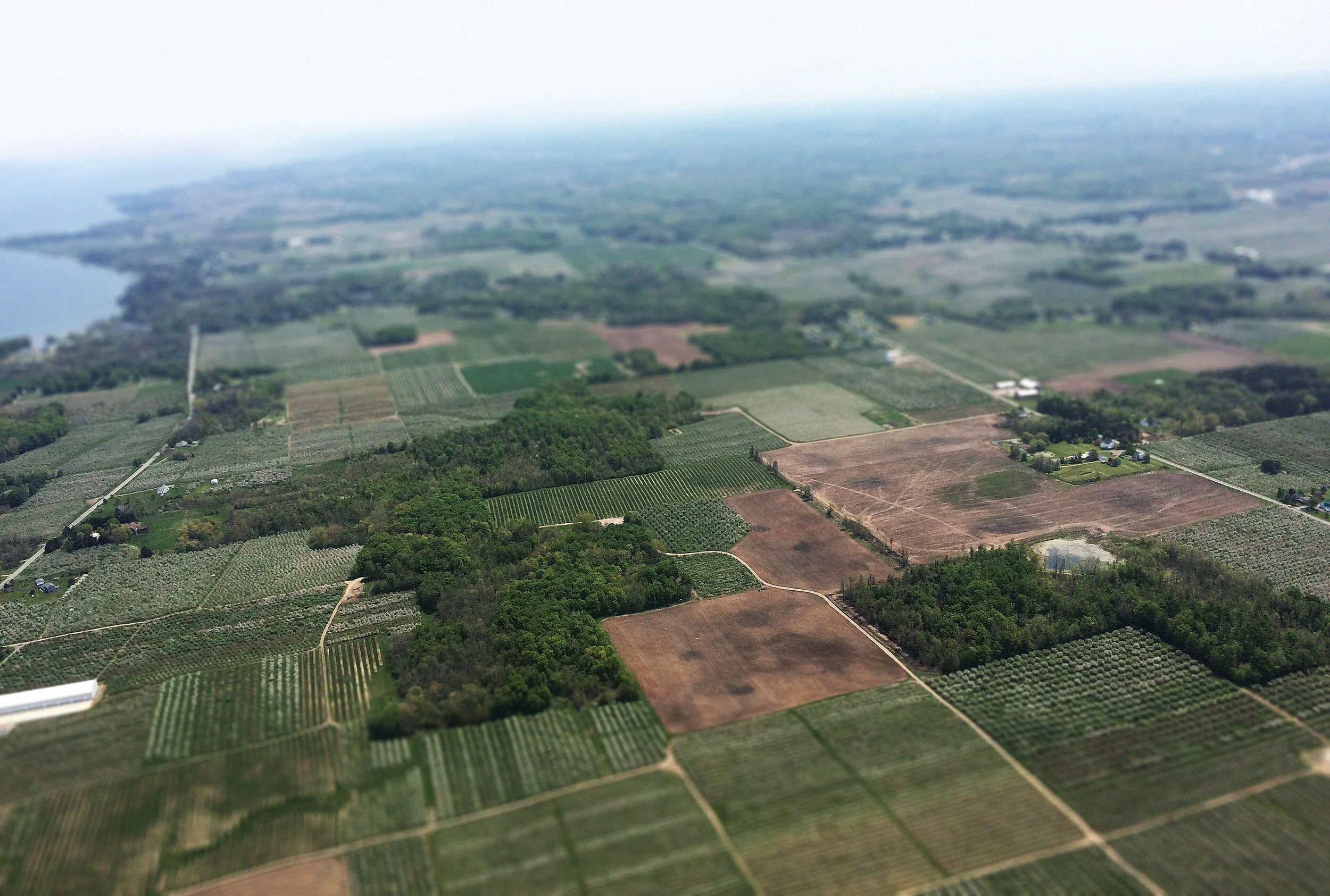Regional Economy
A strong regional economy is closely tied to the health of the region’s natural resources, cities and towns. Vibrant rural communities, healthy soil and water are the foundation of the agricultural economy and must be protected and nurtured for future generations of farmers. While cities and towns that are aesthetically pleasing, healthy, and create community pride are essential for a local workforce that enjoys a good quality of life and is the backbone of industry in the region.
Water resource management should be considered part of any economic plan and prioritized accordingly. An ample supply of high-quality water for industry, public safety, recreation, and residential use is essential for a robust economy.
Flooding disrupts transportation and local economies across the region. The frequency and intensity of flood events are predicted to increase in the future and steps should be taken now to mitigate the effects of flooding.
Industry, grassroots organizations, and municipal leaders should work together to find innovative solutions that allow business, agriculture, and development to exist profitably and sustainably.
Community, nonprofit, business, and government leaders should be educated about water resource management and its impact on regional and local economies.
The region’s rural aesthetic, natural vistas, and waterways give the region its character, bring tourism to the area, and increase property values and should be protected for their economic value as well as their cultural and ecological value.
Many of the steps taken to protect water resources, like open lands protection and green infrastructure, also provide several co-benefits that ultimately improve environmental equity and local economies. Often these measures revitalize neighborhoods by improving aesthetics and creating community identity. Implementation in areas where these co-benefits will improve the lives of residents and the local economy should be prioritized.
Greenways are an especially powerful tool for protecting water resources and boosting local economies. Greenways can increase property values in nearby communities and attract business and tourism. Planning efforts should aim to employ greenways in water resource protection and locate them to provide benefits to and improve the quality of life in underserved communities.
In addition to water resource protections and habitat connectivity, stream restoration in town centers may improve aesthetics, boost community and economic vitality, and provide recreational opportunities, and should be considered in communities that would benefit from such improvements.
Agriculture
Agriculture is an important piece of the regional economy and of great importance to residents. A number of farms in the region are practicing conservation farming and achieving financial and environmental success.
Sustainable farming practices protect soil and water resources for future generations of farmers, while safeguarding water health today. Affordable food, a clean environment, and a robust agricultural economy benefit everyone in the region. Programs that help more farmers secure the resources needed to adopt sustainable farming practices should be seen as a public good and developed, funded, promoted, and managed as such.
The preservation of land for agricultural uses and strategies that keep these lands sustainable and productive for future generations should be a priority of municipalities, land use planners, and watershed plans. Strategies should include long-term measures that protect the rural character of the region and buffer farming from nearby land uses that might disrupt operations.
Landowners, conservation organizations, and local government should work together to minimize the impacts of flooding on agricultural production, nutrient loss, and water quality.
Programs that help farmers secure the initial resources needed to adopt sustainable farming practices should be explored and developed. Programs might include financing or equipment shares. The Regional Conservation Partnership Program (RCPP) is an existing program to assist farmers with funding for cover crops and should be more widely promoted.
Local farmers are deeply invested in the health of the land and community. Farms that are not managed locally may not share these concerns and take risks that could lead to depletion of natural resources and damage to local economies. Local government should require, through ordinance, that these farms file a nutrient management plan, Practice Code 590, with NRCS.
There are several market mechanisms that make conservation farming financially beneficial and better prepare farms to meet the challenges of climate change. These mechanisms should be more widely employed, promoted, and leveraged.
Some corporate buy-back agreements stipulate that conservation practices be in place at the farms they buy from. This practice should be expanded across the consumer food industry as well as across industries.
Farmers in the region should be encouraged to enroll in the free STAR program (Saving Tomorrow’s Agriculture Resources) so that they can take advantage of market premiums for responsibly produced food. STAR advises and guides farms as they layer conservation practices onto their lands. https://starfreetool.com/home
Absentee landowners can require conservation practices in their leases. Many landowners are unaware of this. Outreach efforts should work to not only make landowners aware of this option but help them to adopt this practice by suggesting legally binding language that can easily be added to lease agreements.
The market for ecosystem services should be publicized among farmers. These markets pay for ecosystem services provided by farms based on outcomes like carbon sequestration, water quality protection, and habitat creation and are profitable and environmentally beneficial.
